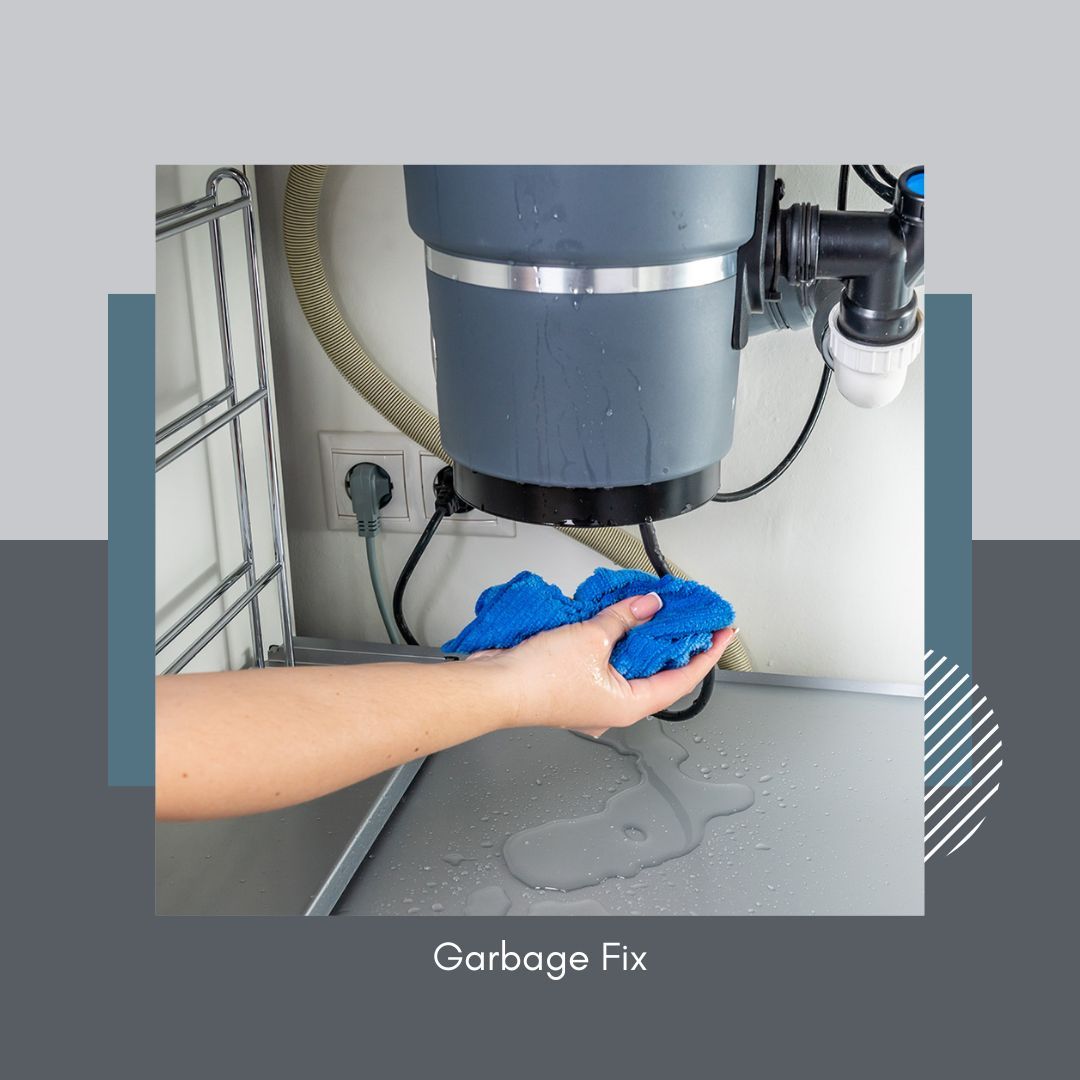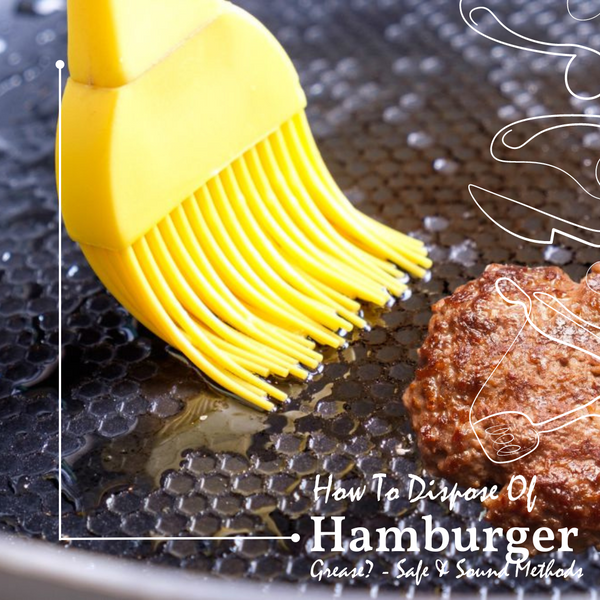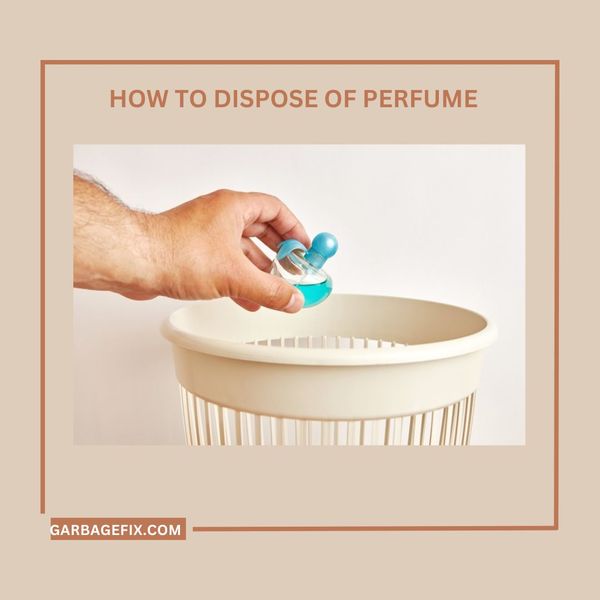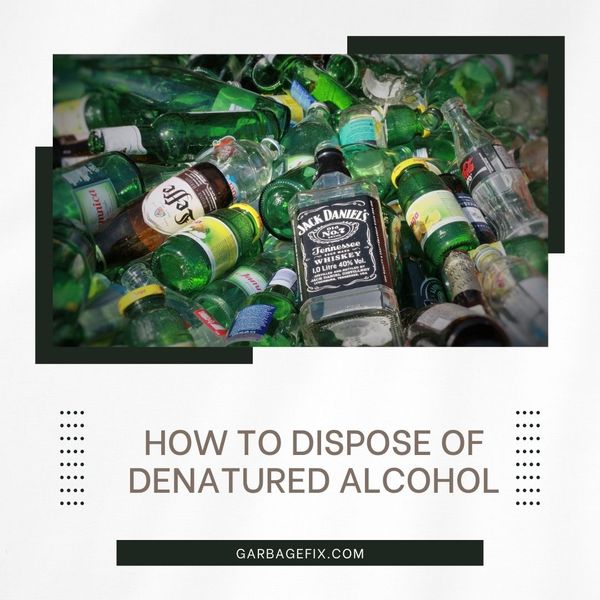Here, you may get information on the garbage disposal's functioning and components. One of the most common problems is that the garbage disposal's stuck flywheel won't turn.
I have some convenient solutions; you can do it yourself, saving money on a plumber or service call fee. In this article, you can learn why the garbage disposal's stuck flywheel won't turn and possible solutions to the problem.
The Garbage Disposal Does Not Grind Despite Humming
The inner flywheel is most likely jammed if the garbage disposal does not grind and the motor buzzes when switched on. Typically, this causes the reset button on the appliance or the circuit breaker to trip immediately.
The garbage disposal motor could burn out if you don't use the reset button or circuit breaker.
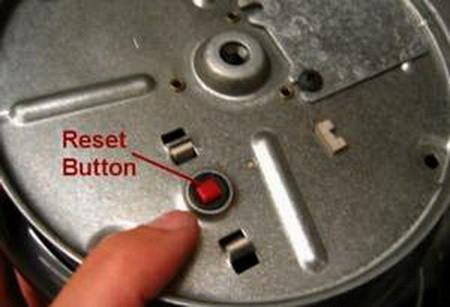
The problem is often caused by food or a solid object stuck between the impellers and the shredding ring inside the disposal.
Learn how to unclog a stuck garbage disposal flywheel by reading on. A garbage disposal's humming sound will also fix after the obstacle is removed. In most cases, the issue is usually with the jammed flywheel.
Finding Out How To Free The Jam
The following is a stepwise guide that will make it easy for you to fix the Garbage disposal jamming problem yourself.
Turn The Circuit Breaker Off
Verify that the electrical circuit breaker/fuse is off or that the garbage disposal is unplugged.
Find The Hexagram Opening
Then, locate the indented hex-shaped hole at the base of the disposal
Insert The Wrench Into The Hole
Insert the Allen wrench with a hex-head with the disposal into the hole. If you cannot locate the wrench that came with the disposal, 1/4-inch Allen keys will be adequate.

Move The Wrench Into The Hole
Turn the disposal's motor shaft counterclockwise, then clockwise, until the obstruction is removed and the motor shaft can spin freely. So long as the disposal unit is supported, it is OK to turn the wrench with considerable force.
Examine The Grinding Chamber Inside The Garbage Disposal
Suppose the motor won't turn. Utilize a flashlight to examine the garbage disposal. Put your hand away from the garbage disposal. Pay particular attention to the spot where you can see the small teeth on the shredding disk of the garbage disposal. Utilize tongs or pliers to remove any debris from the garbage disposal.
Remove The Wrench
After removing the wrench, connect the trash disposal after plugging it in or activate the fuse or circuit breaker.
Put Water Into The Sink
Fill the sink with water from above and activate the garbage disposal. If everything goes well, you are finished.
Check whether the thermal overload button has been reset if the device won't switch on.
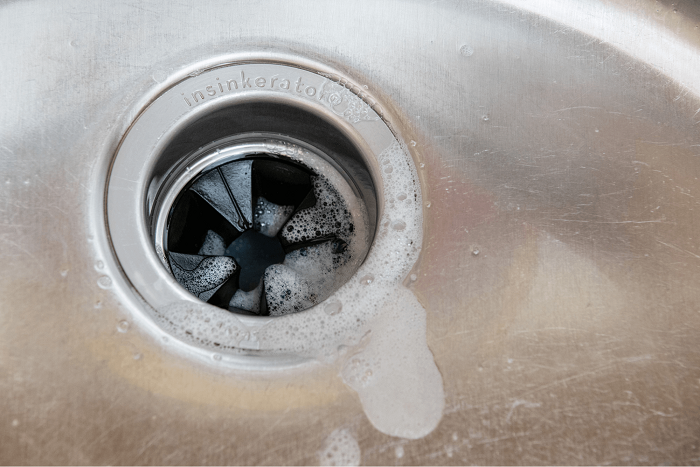
A Few Dos And Don'ts
You may prevent blockages and slow-draining issues with your garbage disposal by following several recommended practices and avoiding a few poor ones.
Don'ts
Peelings ground into a starchy paste, such as mashed potatoes, can undoubtedly clog a drain.
Put coffee grounds and eggshells in the trash disposal. It can make tiny, granular waste that sticks right away to any sludge in the pipe to make a blockage.
Dos
Maintain your disposal by grinding ice cubes and lemon peels regularly. To avoid odors, treat your disposal once a month with a mixture of a few handfuls of baking soda and a half cup of vinegar.
Pour the mixture into the disposal hopper while the appliance is turned off. After the mixture has completed foaming, flush it down the drain with running water.
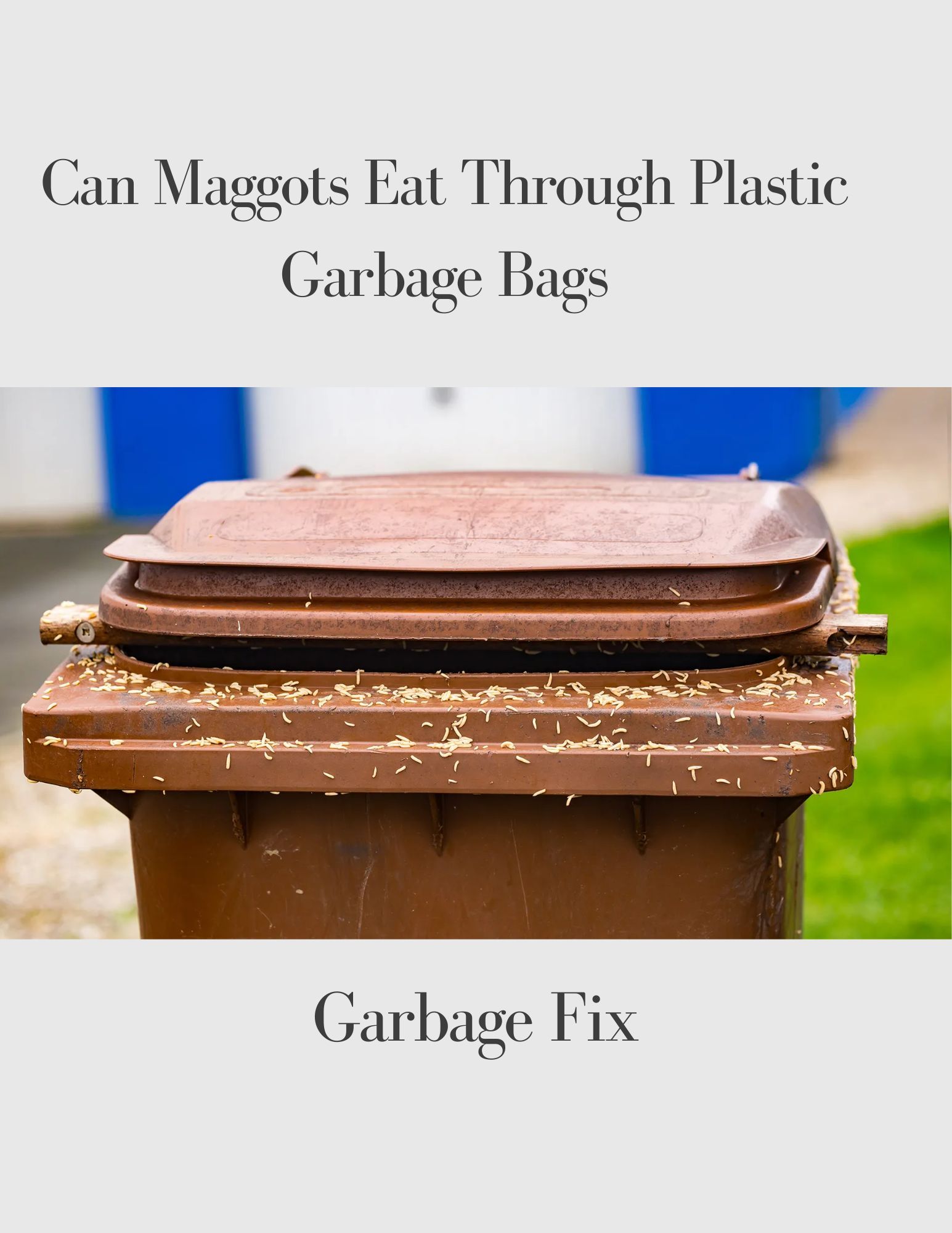
Find Out How To Maintain Your Trash Disposal's Optimal Performance And Long-Term Functionality
Even though the device works well to break down soft food scraps in the sink after cooking, some things should never throw away. It would help if you avoided nuts, shells, seeds, potato peels, and animal bones during grinding.
Even small amounts of fibrous food waste, like raw celery, carrots, or cabbage, can damage the impellers and stress the device's motor.
Also, some meals may cause the garbage disposal to get clogged. Coffee grounds shouldn't go down the toilet because they can get stuck in the pipes. In the same way, fat, grease, and oil can build up on the inside of pipes.
Don't put most of these leftovers down the garbage disposal. Instead, put most of them in the trash or, if they aren't meat scraps, on the compost pile.
To get rid of food particles that cause odors, always run the garbage disposal with much cold water and give it a quick spin after you've ground up the food.
Recommendations For Routine Disposal Maintenance
Finally, let's examine the simple preventive maintenance techniques you should employ to keep your garbage disposal in working order.
At Least Once A Year
Ice cubes should crush the trash disposal to keep the impeller's blades sharp. Place ice cubes in the trash disposal, turn on the cold water, and let the ice ground up.
As odd as it may sound, grinding ice may sharpen the impeller's steel blades and help clean your garbage disposal of food buildup that may produce odors.
Once In A Month
To avoid food buildup and preserve a nice odor, run baking soda, vinegar, and hot water down your garbage disposal.
Your drain pipes won't clog as a result of it. Put a combination of one cup baking soda and one cup vinegar down the sink drain. After one hour, flush it with boiling water without turning on your disposal.
Conclusion
We sincerely hope this article has provided you with a better understanding of garbage disposal. The dos and don'ts are described as using it safely and correctly, the most common problem, and how to fix it.
The Flywheel of the Disposal can be easily fixed with a wrench, as discussed earlier. So it also saves you professional Services fees and other expenses.


